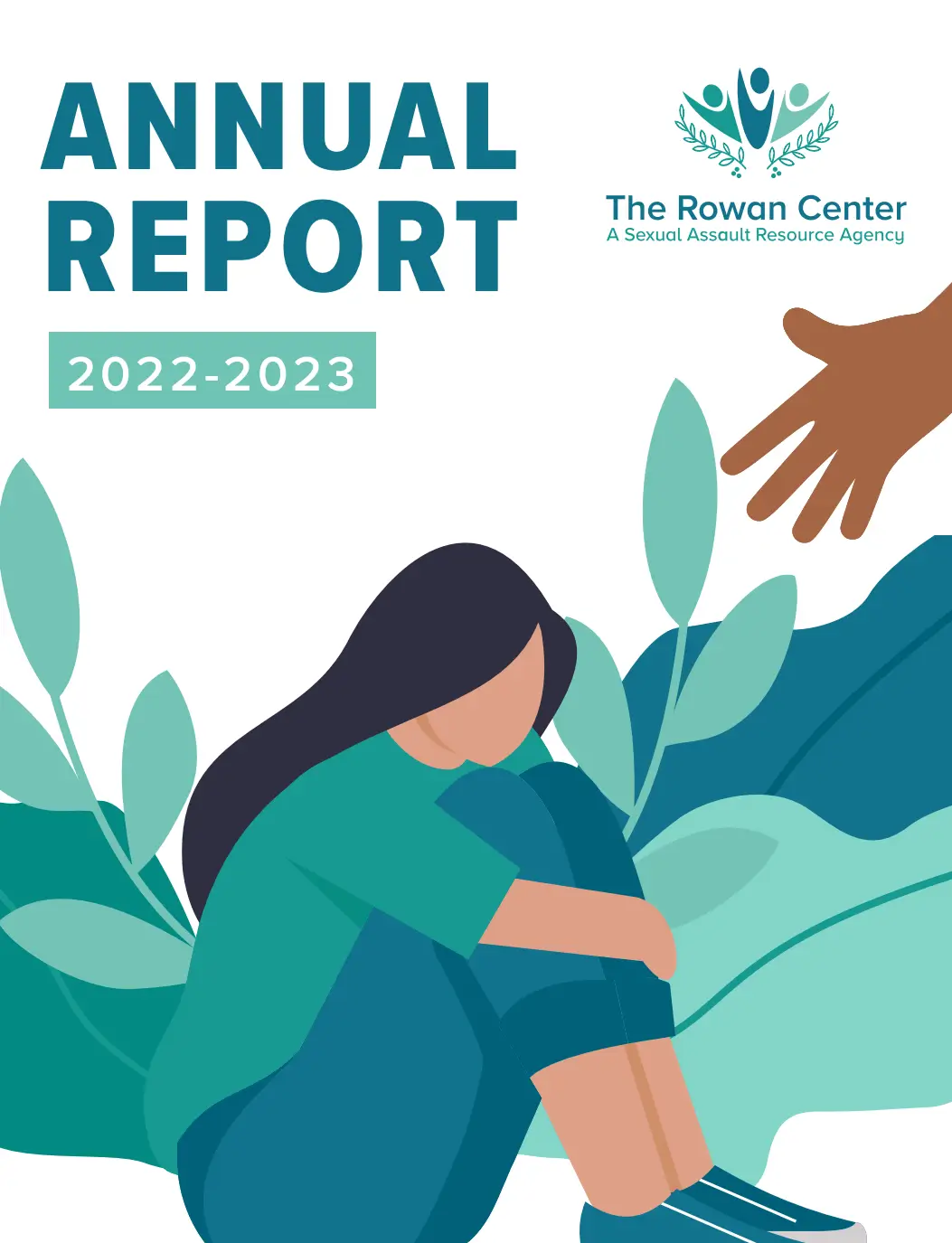Learn more about terms related to sexual violence. Understanding the problem is the first step to stopping it.
Sexual Assault
Sexual Assault is sexual contact or behavior that occurs without explicit consent of the victim. Some forms of sexual assault include:
- Attempted rape
- Fondling or unwanted sexual touching
- Forcing a victim to perform sexual acts, such as oral sex or penetrating the perpetrator’s body
- Penetration of the victim’s body, also known as rape
Source: RAINN
Rape
Rape is a form of sexual assault, but not all sexual assault is rape. The term rape is often used as a legal definition to specifically refer to sexual penetration without consent.
Source: RAINN
For its Uniform Crime Reports, the FBI defines rape as “penetration, no matter how slight, of the vagina or anus with any body part or object, or oral penetration by a sex organ of another person, without the consent of the victim.”
Note: The term “rape” is not used in Connecticut legal code.
Sextortion
Sextortion can start on any site, app, messaging platform, or game where people meet and communicate. In some cases, the first contact with the criminal will be a threat. The person may claim to already have a revealing picture or video of a child that will be shared if the victim does not send more pictures.
More often, however, this crime starts when young people believe they are communicating with someone their own age who is interested in a relationship or with someone who is offering something of value.
After the criminals have one or more videos or pictures, they threaten to publish that content, or they threaten violence, to get the victim to produce more images. The shame, fear, and confusion children feel when they are caught in this cycle often prevent them from asking for help or reporting the abuse.
Caregivers and young people should understand how sextortion occurs and openly discuss online safety. The Parent Toolkit for Online Safety is a helpful resource.
Source: Federal Bureau of Investigation
Note: Sextortion is not a legal definition in Connecticut.
Sex Trafficking
Sex Trafficking is the recruitment, harboring, transportation, provision, or obtaining of a person for the purposes of a commercial sex act in which the commercial sex act is induced by force, fraud, or coercion or in which the person induced is under 18.
Source: Federal Office of Justice Programs
ANY exchange of goods or money for sex with a minor is sex trafficking, even if there is no third person (a “pimp”) involved.
Learn more about trafficking here.
Child sexual abuse
Child sexual abuse is a form of child abuse that includes sexual activity with a minor. A child cannot consent to any form of sexual activity, period. When a perpetrator engages with a child this way, they are committing a crime that can have lasting effects on the victim for years. Child sexual abuse does not need to include physical contact between a perpetrator and a child.
Source: RAINN
Child Sexual Abuse Material (CSAM)
Child Sexual Abuse Material (CSAM) includes pictures and videos that capture the sexual abuse of children. It is commonly known by the public as child pornography. Learn more from RAINN about CSAM.
Source: RAINN
Child Pornography
Federal law defines child pornography as any visual depiction of sexually explicit conduct involving a minor.
Source: Department of Justice
Child grooming
Child grooming is a deliberate process by which offenders gradually initiate and maintain sexual relationships with victims in secrecy.
Source: Darkness to Light
Learn more about grooming from The Connecticut Alliance to End Sexual Violence.
Sexual Harassment
Sexual harassment ranges from unwanted touching, gesturing, and inappropriate jokes, to someone promising you a good grade or a promotion in exchange for sexual favors or requiring sexual favors in order to give you something you deserve or want in a school or work setting. Sexual harassment does not always have to be “sexual.” It can also look or feel like teasing, intimidating or offensive comments based on stereotypes (e.g., about how certain people “are” or should act), or bullying someone based on their sex, gender identity (man, woman, trans, intersex, nonbinary, two-spirit) or sexual orientation (queer, bisexual, lesbian, gay, asexual, pansexual, etc.). There is no requirement that the sexually harassing person or persons derive any sexual pleasure from their acts or that they are sexually attracted to their victims.
In short, sexual harassment is harassment that is sexual, sex-based, or gender-based in the nature of the harassment itself, regardless of the orientation, gender identity, sexual interests, or pleasure of the harasser.
Source: Equal Rights Advocates
Rape Culture
Rape culture is an environment in which rape is prevalent and normalized due to societal attitudes about gender and sexuality.
Source: UN Women
Visit the UN Women website to learn more about rape culture.

